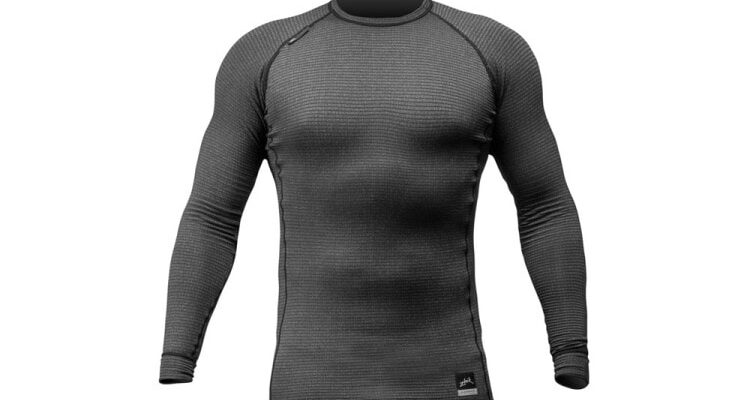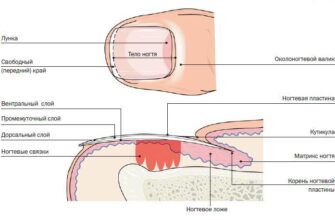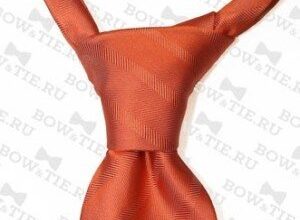Winter is just around the corner and severe cold is coming. If so, it's time to think about warm clothes and special thermal underwear. Layering clothing is the best way to protect yourself from the bitter cold and strong winds. If everything is done correctly, you will smile even in a snow storm, instead of regretting the time spent at home with a cold. Today we will talk about thermal underwear, or rather, we will study the question of how to choose thermal underwear for a man who likes to actively spend time in the fresh frosty air. Go!
Conventionally, all clothing can be divided into three layers: a base layer, an insulating layer and a protective outer layer. Underwear, various T-shirts or thermal underwear is considered a base layer that directly adheres to the body. Oddly enough, men often neglect the importance of the base layer. Thoughtlessly using the wrong material, expecting protection and desired warmth from a thin shirt. I will try to present strong arguments in favor of a responsible approach to the choice of the base layer and thermal underwear in particular.
- Types of fabrics for thermal underwear
- Synthetic thermal underwear
- Woolen thermal underwear
- Cotton thermal underwear
- Paying attention to moisture management
- How a thin layer will keep warm
- Types of thermal underwear
- Thermal underwear for extreme cold
- Thermal underwear for active activity or extreme sports
- Inexpensive synthetic cotton thermal underwear
- Cotton thermal underwear
- Finally
Types of fabrics for thermal underwear
On sale you can find three standard types of fabrics for thermal underwear. They all have their own advantages and disadvantages.
Synthetic thermal underwear
When it comes to cold weather, synthetics are the gold standard for harsh winter conditions. Oftentimes, the unique combination of polyester, nylon, spandex and lycra achieves the perfect balance of moisture wicking and heat retention that no other material can combine.
 Synthetic thermal underwear (top)
Synthetic thermal underwear (top)
By the way, you noticed that I wrote 'removes moisture and retains heat'. The fact is that thermal underwear rather regulates the removal of moisture from the body, rather than warms. At best, thermal underwear with the addition of wool can slightly warm up. More about him later. All the rest of the thermal underwear – removes moisture, no more.
Woolen thermal underwear
Wool is created by nature itself to perfectly wick moisture away and keep warm. Difficult to obtain and high in cost, wool has been used for hundreds of years to protect explorers, travelers, soldiers, and hunters from the cold. True, wool has a drawback – many people do not like it when it comes into contact with the skin. Rashes, scabies, and irritation can result from this close contact, especially when you are active in the cold.
 Thermal underwear made of merino wool
Thermal underwear made of merino wool 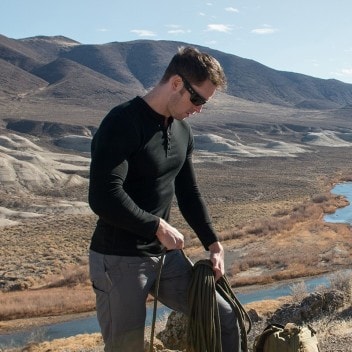 Thermal merino wool T-shirt
Thermal merino wool T-shirt
Cotton thermal underwear
Cotton is a very cheap material (apart from bad synthetics) and is abundant. However, it has the worst insulation and retains moisture in cold weather. This is VERY BAD, as the cold air and accumulated moisture leads to rapid heat loss. Cotton is useful as a base layer when you are going outside, but are not planning any serious activity (for example, when you go shopping at a nearby store or spend no more than a couple of hours outside). In this case, cotton will create an air cushion of warm air, but no more.
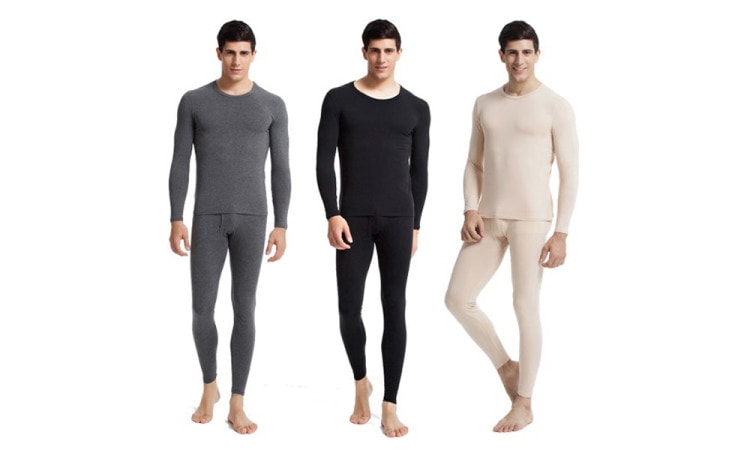 Cotton thermal underwear
Cotton thermal underwear
Paying attention to moisture management
The main purpose of wearing thermal underwear is to keep warm. To stay warm, you need to stay dry. Moisture transmits or takes temperature very well, keep this in mind.
As you heat up, your body will try to regulate the temperature, which translates into sweating. Under normal conditions, this is good – evaporation removes heat from the skin's surface, cooling it. When you are dressed, it becomes a problem if the fabric is not water repellent.
 Polartec technology (as an example of thermal underwear)
Polartec technology (as an example of thermal underwear)
Too much moisture on contact with cold air leads to an accelerated loss of heat and / or moisture saturation of the fabric, resulting in the loss of its insulating properties. Which again leads to heat loss.
You want thermal underwear that effectively wicks moisture away from the middle layer (jeans, sweatshirt, turtleneck, etc.). Synthetics and wool do this; cotton – poor heat dissipation.
How a thin layer will keep warm
The secret is in the air gap in the fibers of the fabric.
Loft is a low-density fabric property that ensures that the fabric retains its shape and traps air. A fabric with a good loft perfectly prevents heat loss and cold penetration. It warms up while remaining free and light – an important quality for those who pay attention to the weight of clothes.
Types of thermal underwear
Along with the types of fabrics for thermal underwear, there are also various types of thermal underwear itself. We will talk about them below.
Thermal underwear for extreme cold
Have you ever had a vacation or scuba diving at the North Pole? If so, then you certainly wore thermal underwear for extreme conditions. Such thermal underwear will protect you even in the hottest frost.
 Thermal underwear for extreme cold
Thermal underwear for extreme cold
Benefits:
- Repels moisture.
- Fit perfectly – designed with armhole width and low waist in mind. Fully covers the torso and limbs to facilitate movement.
- One-piece design – protects the middle of the torso so you don't have to buy separate top and bottom.
- Absolute protection – protection for the wrist and ankles.
- Provides protection in medium and extreme cold – from moderate temperatures to extremely low (up to -40-45 degrees Celsius – with other layers).
- The stretch effect allows you to wear thermal underwear for a long time (over 24 hours) without feeling tired.
- Resists bacteria – can be worn for weeks (for hunters, tourists, military).
- Can be used in a wide range of conditions – diving, winter fishing, mountain climbing, hunting in the far north.
Disadvantages:
- The cost is high ($ 100-300).
- The one-piece design is only suitable for those who need protection on both the top and bottom.
- Not suitable for temperatures above 10 degrees Celsius, it must be removed if the temperature rises.
- Made from thick fabric, it will fit the body but add weight.
- Can cling to clothing – although the latest models have a smooth surface.
Thermal underwear for active activity or extreme sports
If you are snowboarding or skiing on the slopes, then you need thermal underwear for active sports. It is much more convenient and practical than models for extreme cold, as it is lighter and made of materials that are more pleasant to the touch.
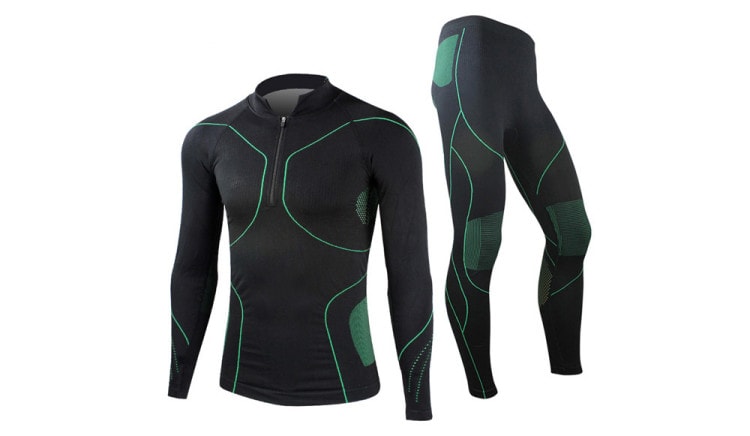 Thermal underwear for extreme sports
Thermal underwear for extreme sports
Benefits:
- Repels moisture.
- Fit perfectly – designed with armhole width and low waist in mind. Fully covers the torso and limbs to facilitate movement.
- Does not cling to clothing and is designed to be worn under clothing or uniforms.
- Provides light to medium protection from cold – from moderate temperatures to low (up to 0-10 degrees Celsius).
- Interesting design and colors.
Disadvantages:
- High cost – $ 30-100 separately for top or bottom.
- Not suitable for use in low temperature environments (below -12 degrees).
- May not be suitable for extended wear (over 24 hours) due to form-fitting design.
- A set of top and bottom separately does not always protect the mid, wrists and ankles.
A tip for those who want to save money – pay attention to not very popular brands in your hypermarkets – if you know what the fabric is made of, you can find items of similar quality for 2/3 cheaper. Better yet, head to the inexpensive sports shops where you can still buy sleds or wooden skis from the Soviet era. This is where the power of knowledge lies!
Inexpensive synthetic cotton thermal underwear
It must be admitted that not everyone can afford to buy thermal underwear for the season (this is usually enough for a season), therefore, some manufacturers are introducing 'economy' products into their product line. Such thermal underwear is quite suitable for work outdoors or for a child to play in the yard. Still, it's better than a regular cotton jersey.
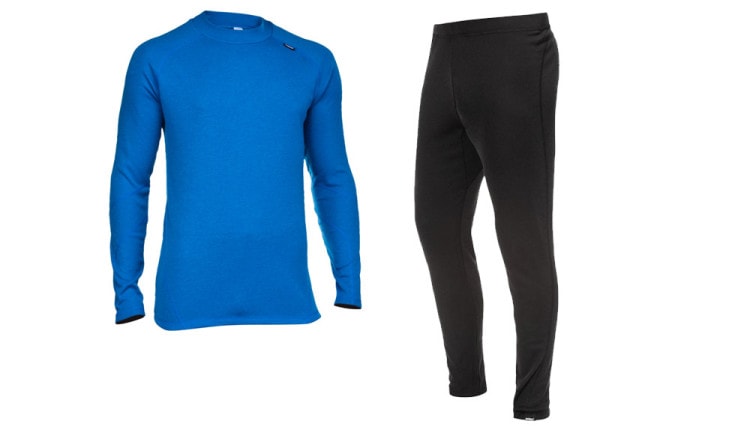 Inexpensive synthetic cotton thermal underwear
Inexpensive synthetic cotton thermal underwear
Benefits:
- Low cost.
- May repel moisture.
- Provides light protection – suitable for temperatures from 0 to 10 degrees.
Disadvantages:
- Not suitable for long-term protection from cold.
- Provides minimal protection in extreme temperatures (below -12 degrees).
- Sit poorly, leading to overheating, irritation and discomfort.
Cotton thermal underwear
So we come to our usual cotton linen or T-shirt, which, although bad, protects us from the cold.
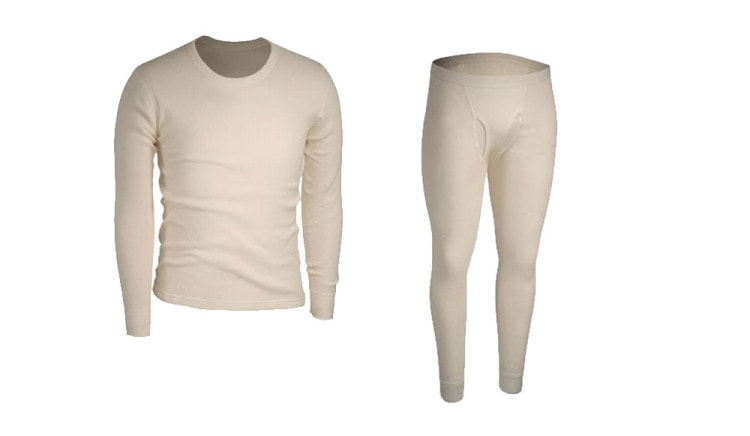 Cotton thermal underwear
Cotton thermal underwear
Benefits:
- Low cost.
- Provides light protection – suitable for temperatures from 0 to 10 degrees.
Disadvantages:
- Not suitable for long-term wear at low temperatures.
- Not suitable for long-term protection from cold.
- Provides minimal protection in winter and absorbs moisture, which leads to cooling of the body due to increased sweating.
- Sits poorly, resulting in overheating, irritation and discomfort.
Finally
Today we have analyzed only the basic differences between different types of thermal underwear. This article should help you figure out how to choose thermal underwear for a man, woman or your child so as not to freeze this winter. To one degree or another, like any underwear, you will feel comfort or discomfort only some time after wearing, so I did not recommend a specific manufacturer. Try trying on thermal underwear before buying, if the seller allows it and you can appreciate the feel of the fabric a little. All other properties will manifest themselves only after use in the field.
I wish you the best of luck and hope you don't catch a cold this winter!

